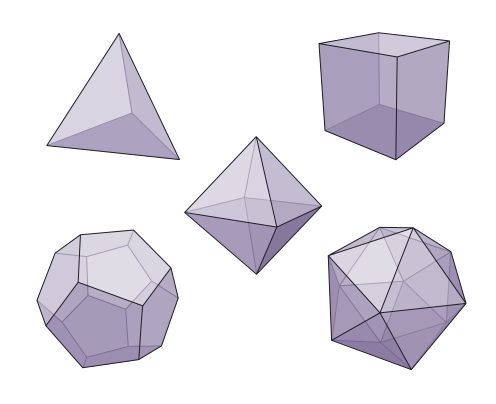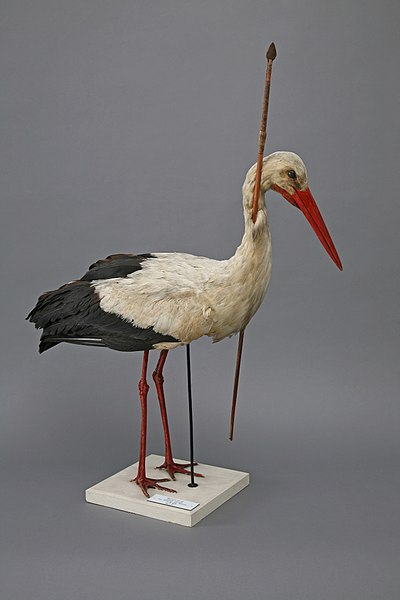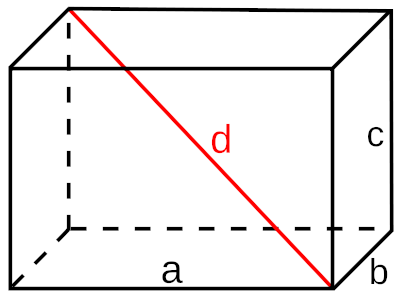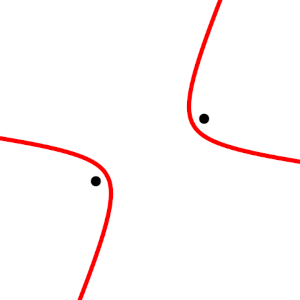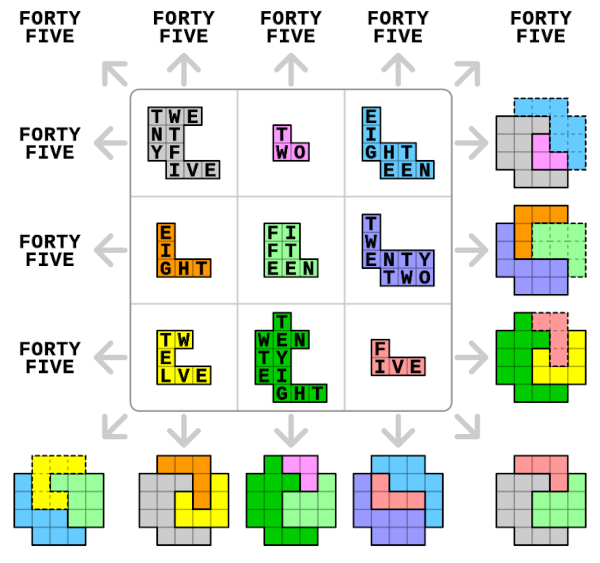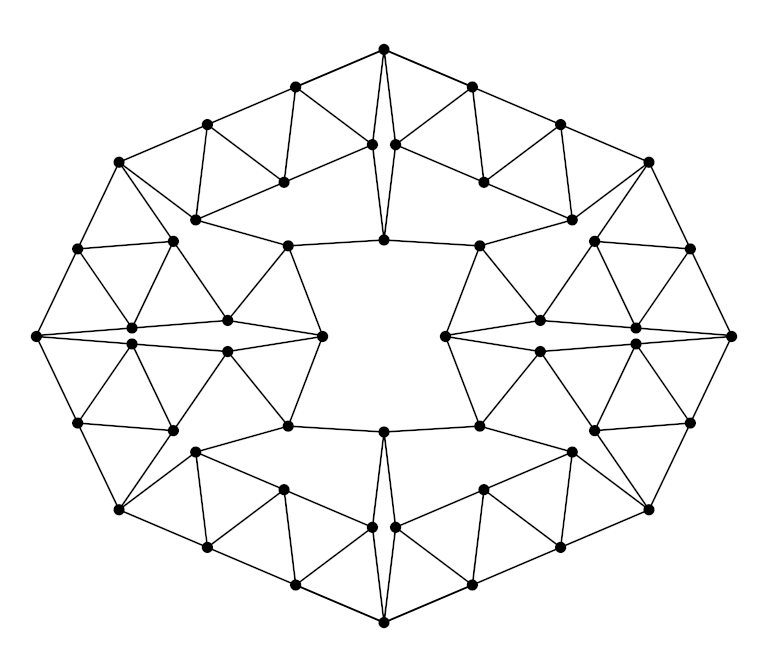Psychologist Abraham S. Luchins discovered a discouraging phenomenon in 1942: When people find a problem-solving strategy that works successfully in multiple trials, they’ll tend to adopt the same strategy even in situations when more efficient solutions are available.
Suppose you’re given water jugs with capacities of 21 units (A), 127 units (B), and 3 units (C) of water. Then you’re asked to use these to measure out 100 units of water. You find that you can do this by filling jug B and using that to fill jug A once and jug C twice, leaving 100 units in jug B. In several similar problems you find that this strategy, B – A – 2C, works.
But then you’re given an “extinction problem” in which this strategy doesn’t work. And in the next problem you’re given jugs of capacity 15, 39, and 3 and asked to measure 18 units of water. The old strategy, B – A – 2C, works here, but there’s a simpler solution: A + C.
In Luchins’ experiments, a control group that had not been primed with the early B – A – 2C successes hit immediately on the A + C solution in the last test. But subjects who did have those early successes tended to revert to the original strategy, reflecting a “mechanized” state of mind that prevented them from seeking more efficient solutions. When Luchins told them “Don’t be blind,” more than half of them found the A + C solution.
The reasons for this are still being studied in different populations and with different types of tasks. Luchins acknowledges that habit can be useful, but notes that when, “instead of the individual mastering the habit, the habit masters the individual — then mechanization is indeed a dangerous thing.”
(Abraham S. Luchins, “Mechanization in Problem Solving: The Effect of Einstellung,” Psychological Monographs 54:6 [1942]: i.)

